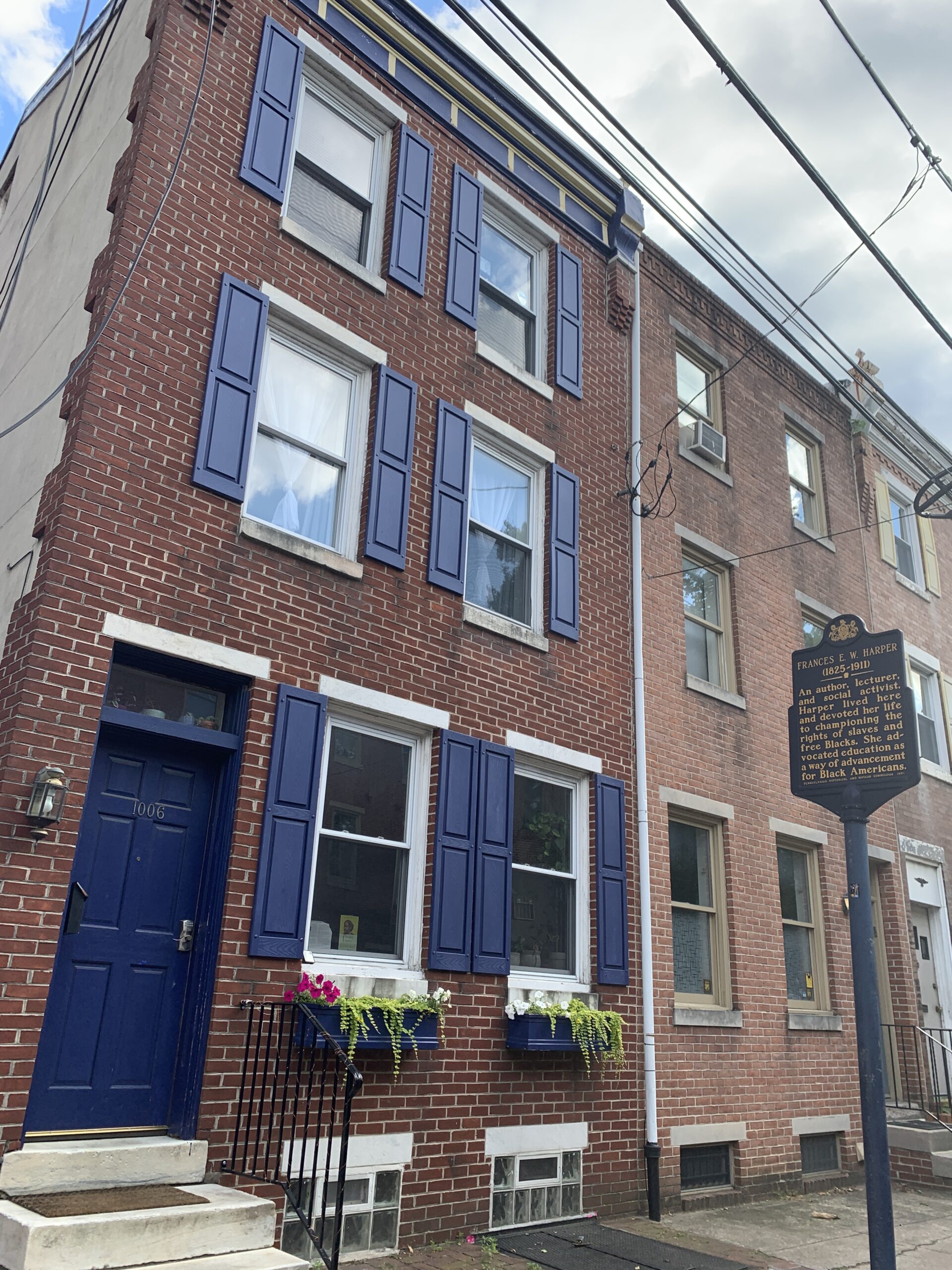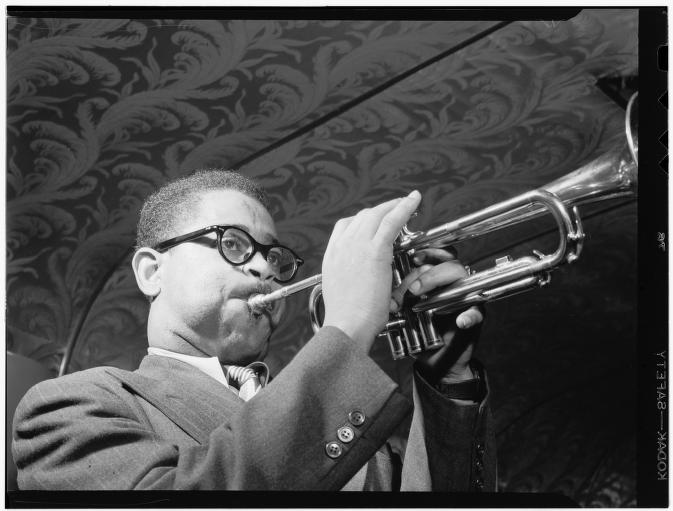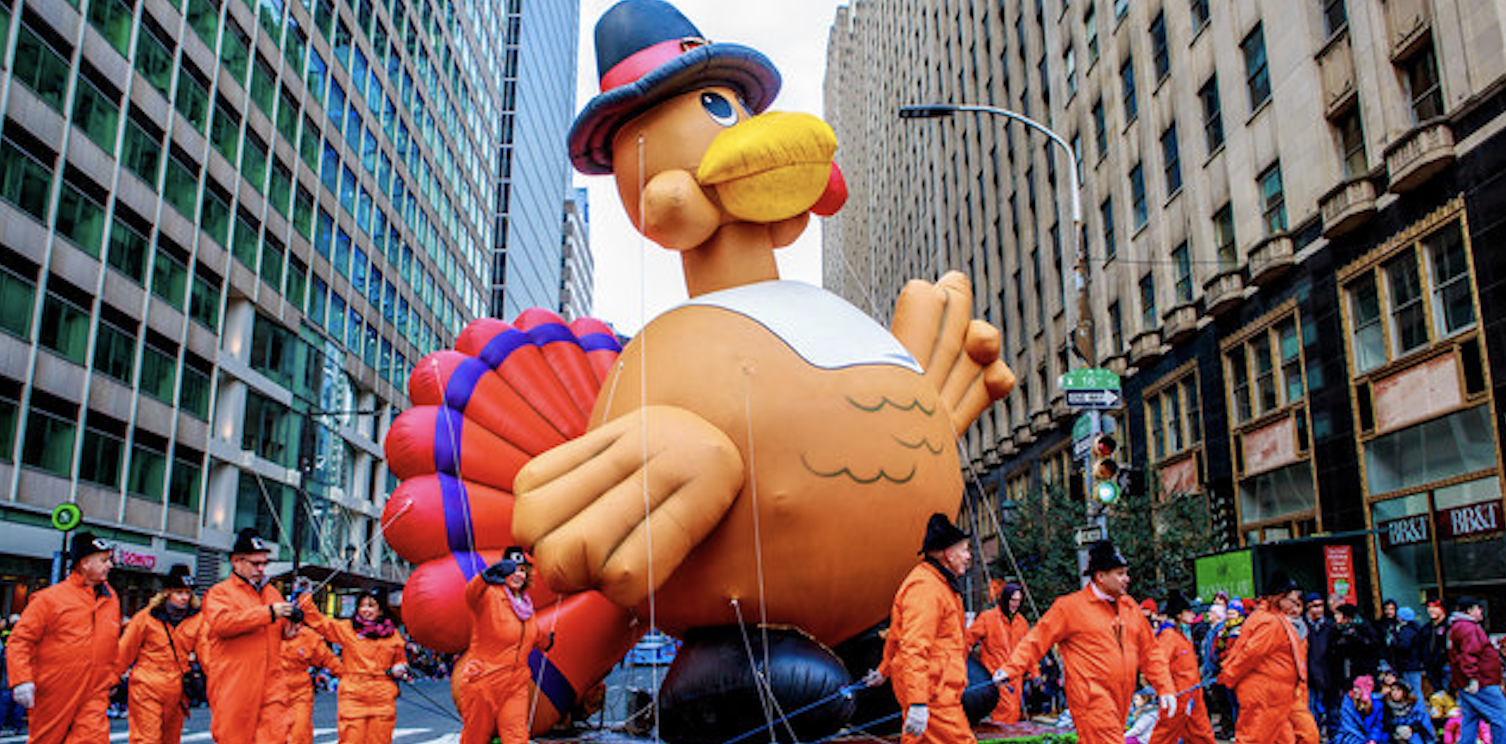philadelphia history
The Underground Railroad in Philadelphia: History, Landmarks & Legacy
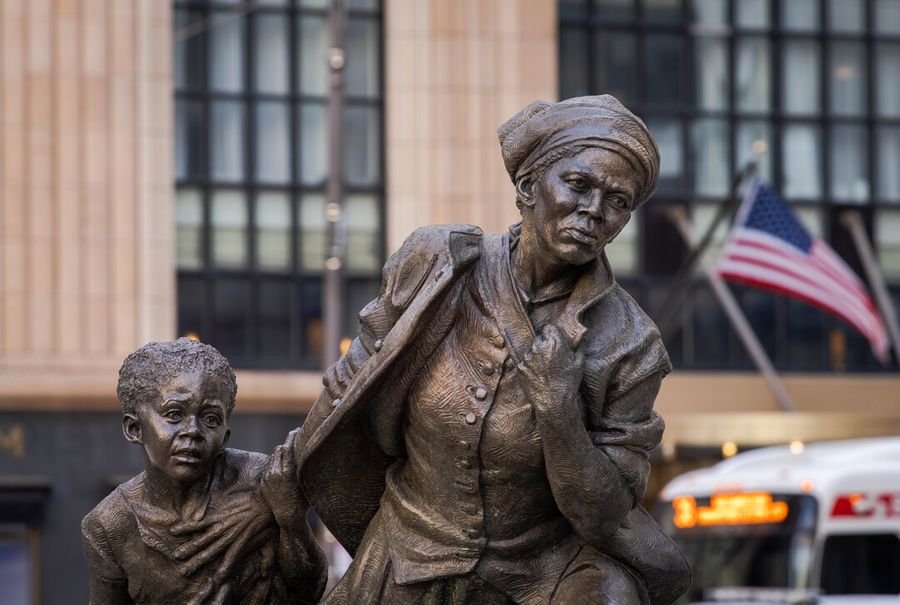
Harriet Tubman Statue. Image courtesy of VisitPhilly.
The Underground Railroad wasn’t a literal railroad, but for thousands of enslaved African Americans, it was a path to freedom. Philadelphia played a crucial role as one of the most significant stops on this secret network. With a thriving free Black population, abolitionist leaders, and dedicated safe houses, the city became a beacon of hope.
Philadelphia: A Hub for Freedom Seekers
By the 18th century, Philadelphia had the largest free Black population outside of the slave states. By 1860, over 22,000 Black residents called the city home, many actively working to help freedom seekers. More than 8,600 African Americans from Pennsylvania later served in the Civil War, continuing the fight for justice.
Alongside this vibrant community, Quaker abolitionists, who were among the first white religious groups to condemn slavery, helped create an environment where those escaping bondage could find shelter, resources, and a path forward.
Key Figures of Philly’s Underground Railroad
Lucretia Mott & the Pennsylvania Anti-Slavery Society
Quaker minister and women’s rights advocate Lucretia Mott turned her Cheltenham home, Roadside, into a stop on the Underground Railroad. The surrounding area, La Mott, is named in her honor. She also founded the Pennsylvania Anti-Slavery Society in 1838 at N. 5th & Arch St., alongside Robert Purvis, a leading Black abolitionist and son of a wealthy cotton broker.
The society provided legal aid, financial support, and coordinated safe passage for freedom seekers.
William Still: The “Father” of the Underground Railroad
If Philadelphia’s Underground Railroad had conductors, William Still was its chief engineer. A free Black man and meticulous record-keeper, Still worked at the Pennsylvania Anti-Slavery Society, documenting the stories of those escaping slavery. His book, The Underground Railroad Records, remains one of the most important firsthand accounts of this movement.
Harriet Tubman’s Connection to Philadelphia
Perhaps the most famous freedom fighter, Harriet Tubman, made frequent stops in Philadelphia while rescuing enslaved people. She worked closely with the city’s abolitionist network to carry out her daring missions. You can see a powerful tribute to her, the Journey to Freedom statue, on the northeast side of Philadelphia’s City Hall.
Underground Railroad Landmarks in Philadelphia
Many sites across Philadelphia preserve the legacy of the Underground Railroad. Here are a few must-visit locations:
- Mother Bethel AME Church (419 S. 6th St.) – Founded in 1794, this historic Black church provided sanctuary for freedom seekers.
- Johnson House Historic Site (6306 Germantown Ave.) – A former Underground Railroad station that still stands today.
- Belmont Mansion & Underground Railroad Museum (2000 Belmont Mansion Drive) – The former home of abolitionist Judge Richard Peters, now a museum dedicated to Underground Railroad history.
- African American Museum in Philadelphia (701 Arch St.) – Features the Audacious Freedom exhibit, showcasing African American history from 1776–1876.
- National Constitution Center (525 Arch St.) – Home to exhibits featuring Frederick Douglass, Harriet Tubman, and the fight for abolition.
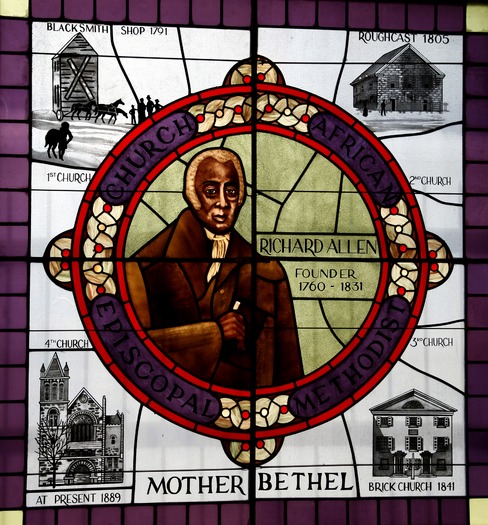
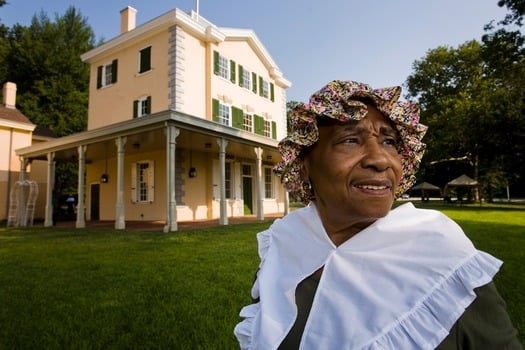
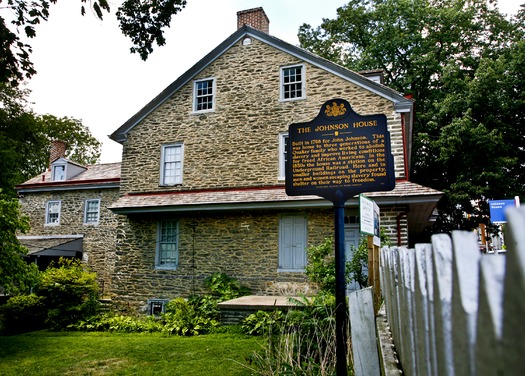
The Lasting Impact of Philadelphia’s Underground Railroad
Operating the Underground Railroad was extremely dangerous, especially after the passage of the Fugitive Slave Act of 1850, which allowed slave catchers to operate in free states and imposed harsh penalties on those who helped freedom seekers. Yet, the people of Philadelphia persisted. Through secret codes, nighttime escapes, and a vast network of trusted allies, they kept hope alive.
Today, the city honors this legacy through historical landmarks, museums, and educational programs that ensure these stories continue to inspire future generations.
Explore Black History in Philadelphia
With Black History Month here, now is the perfect time to explore Philadelphia’s rich history. Learn about the heroes of the Underground Railroad, visit these landmarks, read about Philadelphia’s Legendary African-American Jazz musicians in our post on Philadelphia Jazz history, and reflect on what true freedom means.





